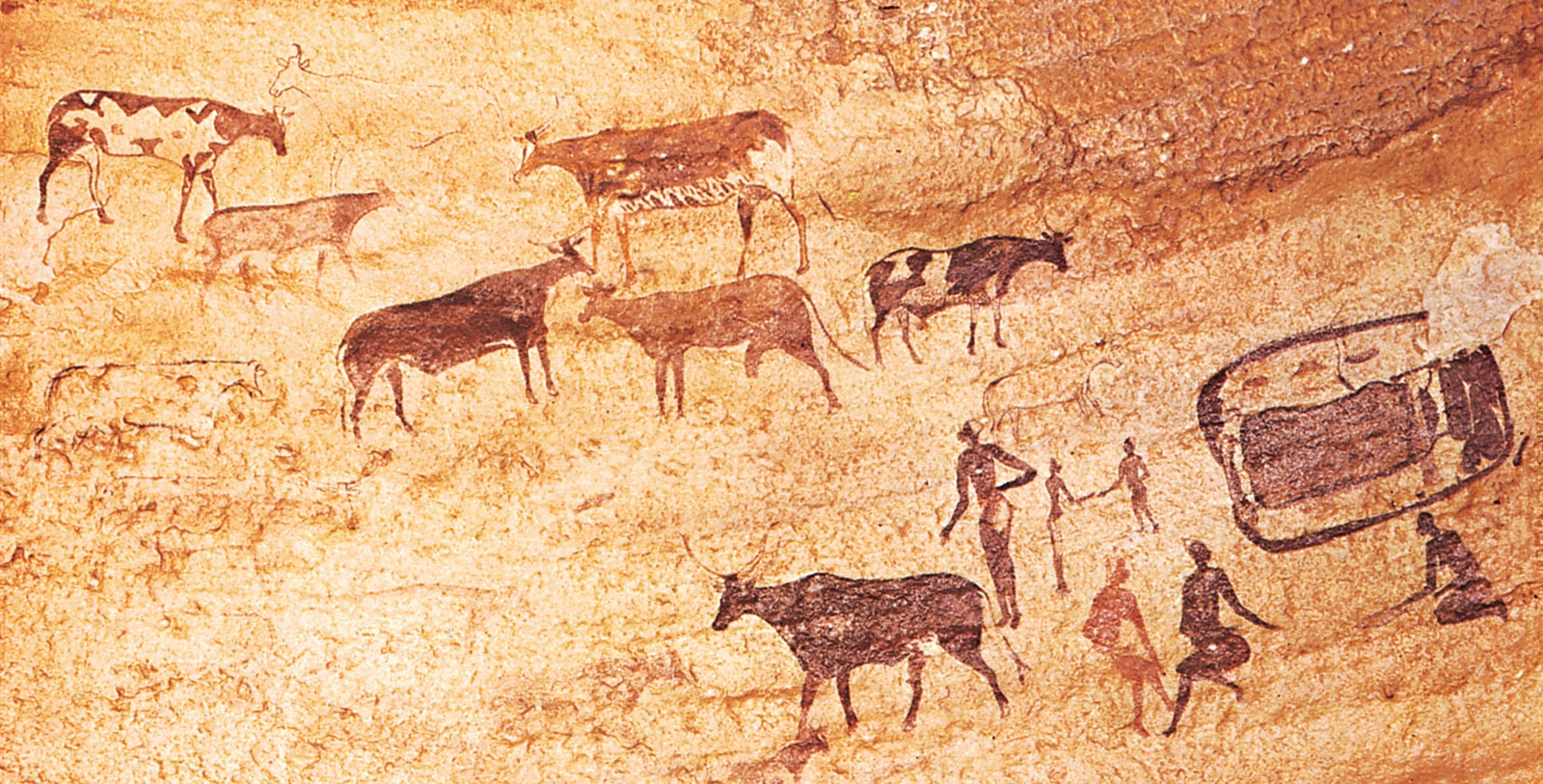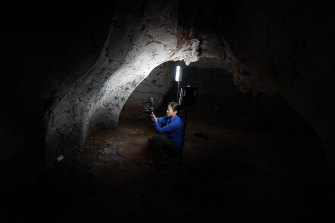
Experts Rush to Map Fire-Hit Rock Art Culture
New digital technology could be used to reconstruct 3D images of important Indigenous rock art sites destroyed by bushfires that ripped through eastern Australia last year and early this year.
While coronavirus restrictions have forced surveys to be postponed until September, experts still fear thousands of rock art sites, some dating back 4,000 years, have been destroyed.

Where rock art has been damaged or destroyed, technology including laser scans and software that merges existing photographs could help create 3D images and even replicas of important sites.
Professor Paul Tacon, head of the Place, Evolution and Rock Art Heritage Unit (PERAHU) at Griffith University, said some accessible rock art sites, such as Baiame cave near Mount Yengo in the Hunter region, had been visited and found to be undamaged. But he is concerned about important sites such as Gallery Rock and Eagle’s Reach in the Wollemi National Park, 200km north-west of Sydney, which is part of the Greater Blue Mountains World Heritage area ravaged by fire.
Rediscovered by bushwalkers in 1995, the remote Eagle’s Reach shelter features more than 200 depictions of ancestral beings, totemic animals, animal-human creatures, hand stencils and abstract designs. It is also a key Eagle Ancestor site, ancient initiation place and meeting point for local Indigenous communities.
Together with members of local Indigenous communities, Tacon and rock art heritage unit members have surveyed Eagle’s Reach and more than 200 sites in the Wollemi National Park over the past 15 years, taking high-resolution photographs and recordings.
“One of the key activities of PERAHU is using technology to record and analyse rock art in new ways. We’ve been doing lots of 3D recording, photogrammetry, portable X-ray fluorescence and analysis of pigments and using drone footage to help record sites,” Tacon said.

Photogrammetry uses software to merge overlapping photographs and create “cloud points” that help create an exact three-dimensional image of a given site. Laser scanning is also used to create 3D images of sites.
“If we have the time and money and we find important sites that have been damaged, we can reconstruct them virtually using existing photographs and we can make 3D models of those sites, and with a 3D printer even produce a hard copy version and put that in a cultural centre or museum,” Tacon said.
Dr Andrea Jalandoni, research fellow with PERAHU who specialises in digital techniques for recording rock art, said software advances had improved photogrammetry radically in the past 10 years. Dr Jalandoni also merges photogrammetry with laser scans of sites to create better 3D images. She is also pioneering digital techniques that dramatically reveal rock art barely visible to the human eye.
The same processes could be used for rock art sites damaged by the fires, Tacon said.
Bidjara woman and film and VR producer Ljudan Michaelis-Thorpe is discussing with her community ways to use photogrammetry to create a 3D digital restoration of the Baloon Cave in central Queensland after the rock art was destroyed in a fire in late 2018.
Michaelis-Thorpe said it was important to include and even train community members in photogrammetry and recording so the process was self-determined by traditional custodians. Digital representations “also offer farm owners who have previously kept sites hidden, the opportunity to share the [rock art] while still maintaining autonomy,” she added.
“Baloon Cave is, for the diverse peoples of Carnarvon Ranges, like the holy sites of Jerusalem are for Christians, Muslims and Jews,” she said.
Senior archaeologist and Gamilaraay and Blue Mountains community member, Wayne Brennan, helped record many of the sites in the Wollemi National Park with the Griffith University rock art heritage unit.
“The songlines and the stories that go through that country still remain but those animals and the law associated with them have taken a hit. This fire culturally is a big wake-up call for everybody,” Brennan said.

